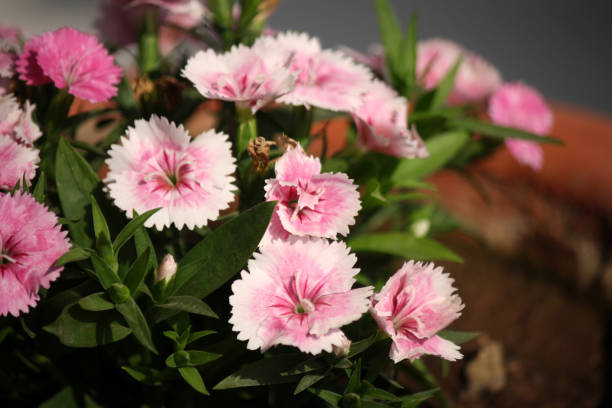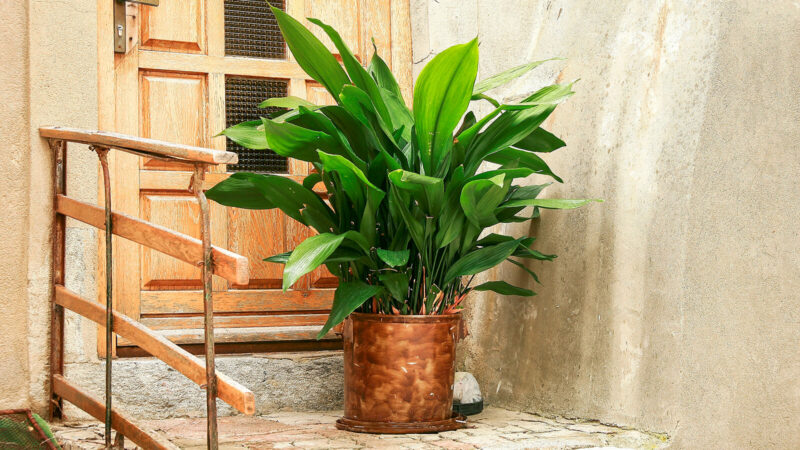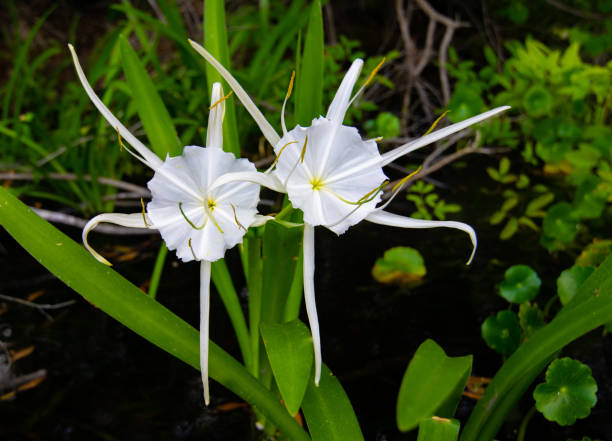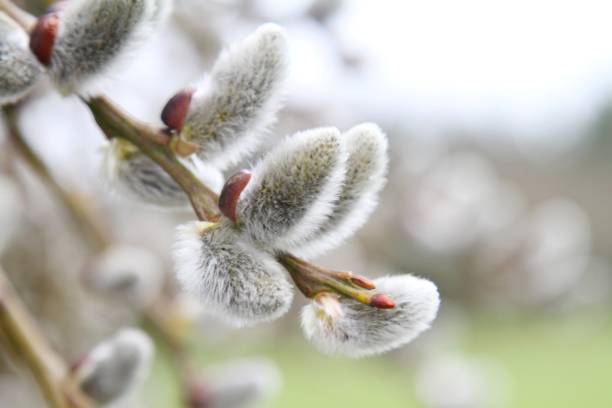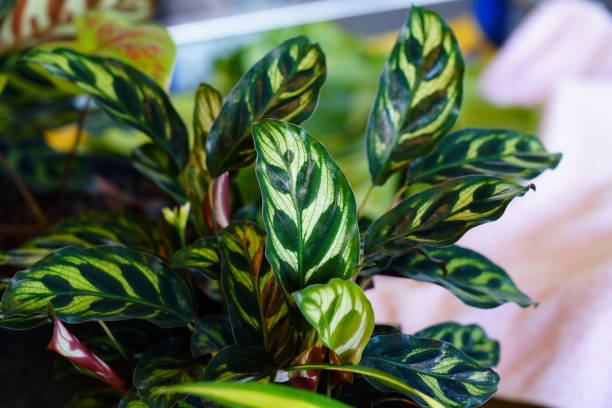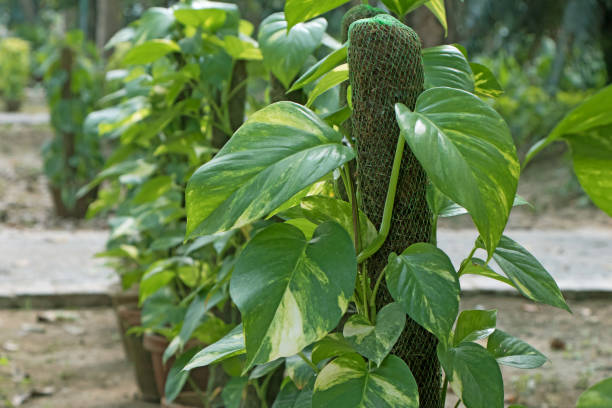7 Most Famous Echeveria Types Succulents
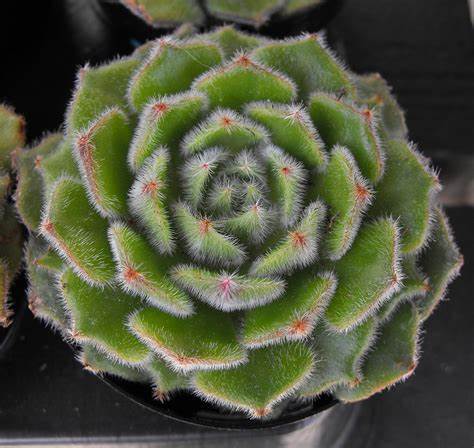
Echeveria is a sort of flower-shaped evergreen plant native of South America and Central America. There are different echeveria types of beautiful colors and shapes, and it is widely considered as some of the most stunning succulents. These plants are also some of the most productive succulents that bloom several times a year with yellow, orange, and red flowers. They are famous among florists, wedding planners, interior decorators, and gardeners.
Succulents are some of the simplest plants to care for as they need very little attention, making them excellent for gardeners of all the skill levels. These plants can endure growing both outdoors and indoors, though most are not cold-tolerant. As with most succulents, this plant needs infrequent watering, bright light, and well-draining soil in order to grow.
Echeveria is a large family with over 150 species and 1,000 cultivars. Among them, there are different types of succulents that are particularly popular due to their beautiful appearance and easy care.
So here are some of the most famous echeveria types, all of which can be grown as houseplants.
Perle Von Nurnberg (Echeveria ‘Perle von Nurnberg’)
Perle Von Nurnberg is the most famous type of echeveria, identified by the solitary rosette of pastel leaves, paddle-shaped with a dusty look. The leaves look like a grayish color in less light, but in the direct sunlight, they turn bright pink and purple. This plant enjoys bright light, sandy, and well-drained soil, infrequent watering. ‘Perle Von Nurnberg’ is usually featured in container gardens, wedding bouquets, and floral arrangements, thanks to the striking colors.
- USDA Growing Zones: 10-11
- Sun Exposure: Partial, Full
- Height: 5 inches
- Native Area: Central America
Painted Echeveria (Echeveria nodulosa)
The painted echeveria scientific name is Echeveria nodulosa, and it is an odd-looking echeveria identified by vertical red stripes with green leaves. This type of plant requires lots of sunlight and well-draining soil to grow. It should be watered only once the soil has completely dried out \ because too much water can immediately lead to root decay. Unlike several other smaller echeverias, this plant can grow stems up to 2 feet tall, with rosettes going up to 5 inches in diameter.
- USDA Growing Zones: 9-11
- Sun Exposure: Partial, Full
- Height: 2 inches
- Native Area: Central America
Black Hens and Chicks
Black hens and chicks scientific name is Echeveria Black Prince. It is a slow-growing variety identified by dark brown-purple, triangular leaves. Black hens and chicks grow in tight rosettes up to 3 inches wide. This type quickly produces offsets (chicks) that start out with light green and darken in maturity. In the winter and fall, this plant produces dark red flowers that appear on tall stems. To keep the bright color, it needs proper exposure to direct sunlight, and, like other echeverias, it enjoys well-draining soil and infrequent watering.
- USDA Growing Zones: 9-11
- Sun Exposure: Partial, Full
- Height: 6 inches
- Native Area: Central America
Topsy Turvy
It is another odd-looking succulent that features blue-green, spoon-shaped leaves that roll down-ward, giving them the curved look. Topsy Turvy is a quick-growing echeveria plat that needs infrequent watering, well-drained soil, and warm condition to grow. This plant can grow both outdoors and indoors; however, it will only do well outdoors in sunny climates. Thanks to the growing requirements and unique shape, this plant won the Award of Garden Merit from the United Kingdom’s Royal Horticultural Society.
- USDA Growing Zones: 9-11
- Sun Exposure: Partial, Full
- Height: 8-12 inches
- Native Area: Central America
Dusty Rose’ (Echeveria ‘Dusty Rose’)
This plant is a famous hybrid identified by dusty violet rosettes, and dusty rose can bloom twice throughout the year and sports vivid orange blossoms that rise on tall stems. Each rosette can increase up to 8 inches in width in perfect conditions. This plant needs full sun, sandy, infrequent watering, and well-draining soil. However, as a hybrid, this plant is less cold-tolerant than other types of succulents.
- USDA Growing Zones: 10-11
- Sun Exposure: Partial, Full
- Height: 6 inches
- Native Area: Central America
Mexican Snowball, Hens And Chicks (Echeveria Elegans)
Mexican Snowball, Hens And Chicks scientific name is echeveria elegans. It is one of the most famous species (although you should not be confused with the Sempervivum tectorum, which is also known by this common name). This plant has bluish-gray leaves which form tight rosettes. Mexican Snowball does well grown both outdoors and indoors, and it is easily created through leaf cuttings and separating offsets from the plant.
- USDA Growing Zones: 9-11
- Sun Exposure: Partial, Full
- Height: 8 inches
- Native Area: Central America
Woolly Rose (Echeveria ‘Doris Taylor’)
Echeveria Doris Taylor’s green woolly leaves give the common name, woolly rose. Unlike other echeveria relatives, this famous hybrid enjoys a few hours of direct sun per day and filtered sunlight. Reproduction also takes time with wooly-leafed varieties, so use patience if you are trying to produce this one.
- USDA Growing Zones: 9-11
- Sun Exposure: Partial, Filtered
- Height: 3-5 inches
- Native Area: Central America
Final Words
Overall, different echeveria types are beautiful succulents that make excellent additions to houseplant collections, gardens, and container gardens. Not only do they add the tropical flair, but they are simple to propagate and maintain. So give them plenty of sunlight, less water, and well-draining soil, and you will have the healthy echeverias that will reward you with flowers and stunning colors.
Moreover, if you love to grow cactus, then check out the thimble cactus tips and care. If you find this information useful, drop a comment below this section.

